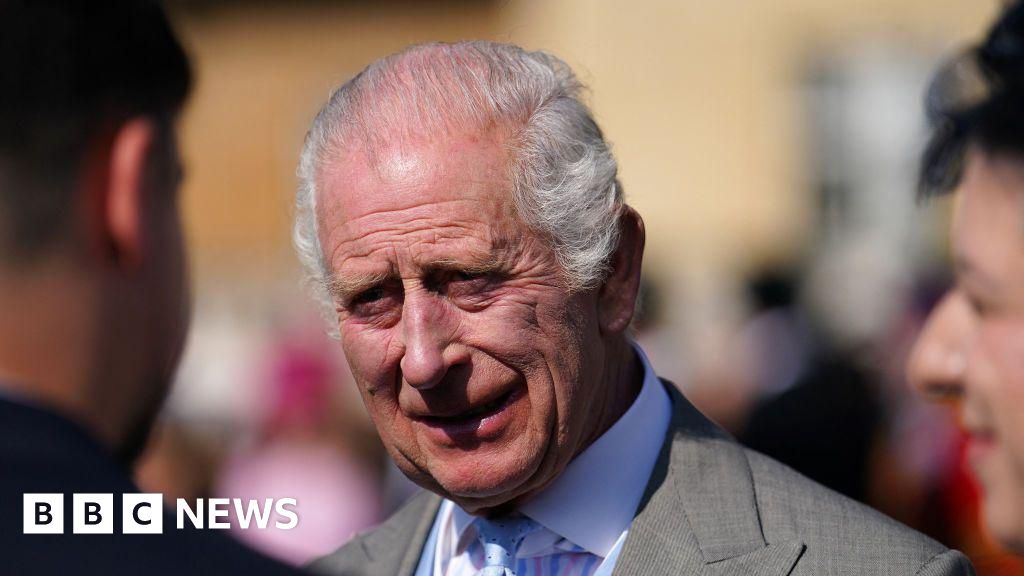Formula 1 bosses have agreed in principle to a mechanism that would allow engine manufacturers facing a performance shortfall under next year's new rules to catch up.
But there was no agreement at a meeting of the F1 Commission on Thursday on a proposal to cut the amount of electrical energy permitted in races.
That had been tabled as a means of preventing cars running out of electrical deployment down the straights at certain circuits.
Both ideas will be discussed at future meetings of the F1 power-unit manufacturers.
It was broadly agreed by the F1 Commission that the regulations, which are scheduled to run from 2026-30, should be modified so that it is easier for any manufacturer whose engine is short of performance to close the gap to its rivals.
The new rules for next year retain 1.6-litre turbo hybrid engines but with a simplified architecture while increasing the proportion of power supplied by the electrical part of the engine to about 50% from the current 20%, and running on sustainable fuels.
There are concerns that the greater demands on the hybrid system could lead to significant performance differences between the various manufacturers - in 2026, Red Bull Powertrains and Audi join current suppliers Mercedes, Ferrari and Honda in the sport.
Mercedes, Honda and Audi made clear at a meeting at the Bahrain Grand Prix earlier this month that they felt the sport should stick to the rules as they are and retain the electrical part of the engine as a potential performance differentiator.
The increased hybrid aspect of the rules was critical in attracting Audi and Red Bull's partner Ford, and in convincing Honda to stay in F1. It has also persuaded General Motors to enter F1.
GM will run a Cadillac-branded new team next year using Ferrari engines and has pledged to have its own power-unit ready by 2029.
The Bahrain meeting also kicked into the long grass a proposal to change the engine formula before 2030, although discussions will continue on this idea.
On Thursday, no agreement was reached on the details of mechanisms by which manufacturers may be able to make up a shortfall.
However, examples of ideas by which this could happen are to allow increased amounts of dynamometer testing or an increased engine budget cap to any who end up behind.
This has been passed to the power-unit working group for further refinement.
One key concern about the 2026 rules is that it will be difficult for cars to recover sufficient energy from the rear axle to deploy the permitted maximum amount of electrical power through a lap.
The aerodynamic rules have already been changed to accommodate this, by introducing moveable aerodynamics which will reduce drag on straights so cars have a faster top speed and are therefore braking for longer.
Even so, some fear that drivers will have to 'lift-and-coast' from quite early on the straights on some circuits to optimise deployment and overall performance.
There are some circuits where cars may run short of energy, and others where cars might have too much, which would curtail the effectiveness of the new push-to-pass electrical boost system being introduced next year in place of the current DRS overtaking aid.
Some argue that the best way to solve this potential issue is to reduce the permitted amount of electrical power deployment in races to 200kw (about 270bhp) from 350kw (470bhp). It would stay at 350kw during qualifying and for the push-to-pass system.
The idea is that this would 'smooth out' the deployment and make it more consistent around the lap.
Among the teams, Red Bull are the biggest supporters of this idea.
But Mercedes are strongly opposed - their F1 boss Toto Wolff has described the plan to change the rules as "a joke".
Mercedes argue that there is no certainty that this will be a problem next year, and there cannot be until the cars have run and there is an accurate assessment of their aerodynamic performance.
They say manufacturers will be able to react quickly next year if a problem emerges.
Governing body the FIA said in a statement: "The F1 Commission discussed in principle refinements to the energy management strategy for 2026, as well as measures to address financial issues that can be faced by power-unit manufacturers that experience either low performance or significant reliability issues in 2026.
"All of these topics will be discussed in more detail among the specialists in the appropriate advisory committees."
Bosses also debated ways to minimise the risk of grass fires, such as those that led to a series of red flags during practice at the Japanese Grand Prix last month.
These were caused by sparks from the titanium skid blocks under the cars igniting dry grass beside the track
It has been proposed that the titanium be replaced by steel at tracks where dry trackside grass could be a problem.
The idea was not adopted, but the FIA will continue to pursue research on the topic.
.png)
 7 hours ago
2
7 hours ago
2













































